The 10 Most Difficult Instruments To Learn
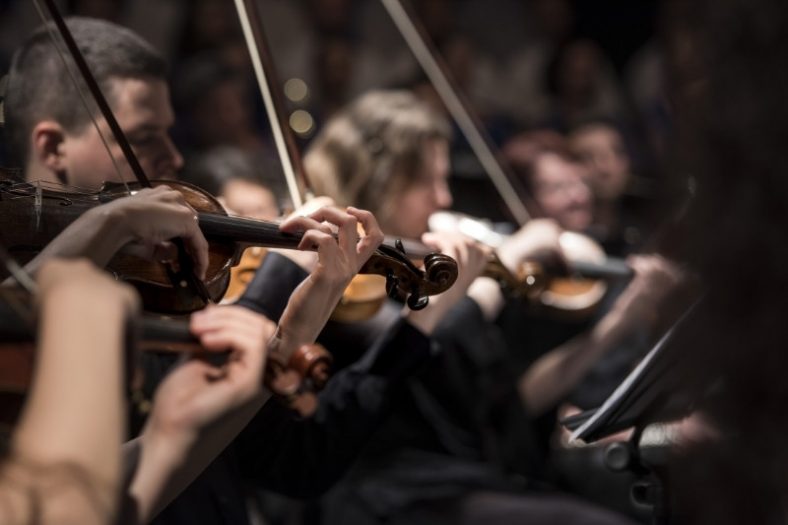
Learning an instrument is not an easy task. It requires an attentive balance between theory and practice. Any instrument, even a simple recorder or a small ukulele, requires hundreds of thousands of hours of training to be mastered. However, some musical instruments are simply far more difficult to master than other ones.
It might be their shape, the peculiar way to pluck their strings, or the coordination between hands and feet they require. No matter what, they are a nightmare for young music students (and teachers) and the reason behind many disillusions and discouragements.
But, if you’re thinking about picking one of these instruments to learn, don’t worry: practice always makes perfect!
Here’s a list of the ten most difficult instruments to learn, in no particular order.
Contents
1. Violin
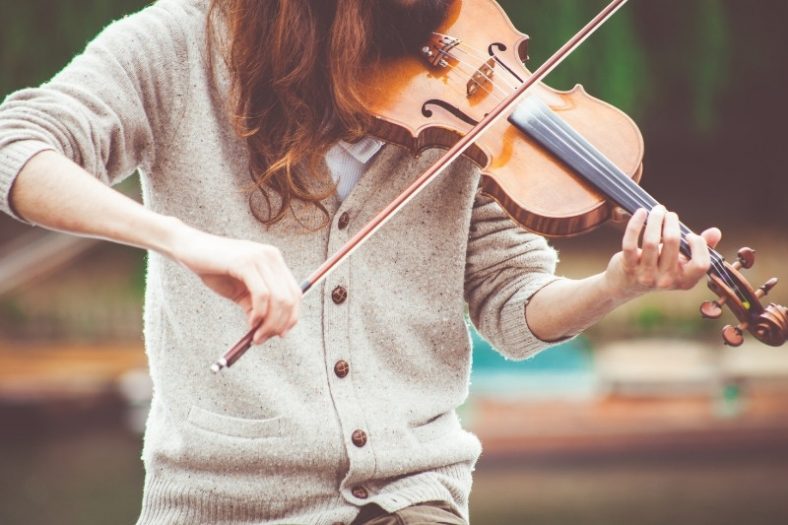
The violin is probably the most popular one among string instruments, but its “cousins” (the viola, the cello, the double bass) are just as difficult as it is.
Many elements are concurring with the difficulty of string instruments.
First of all, they have no fret to indicate what note you are playing. To make sure you are playing the right pitch, you will need to develop extremely good ear skills and practice endless hours to train your hand to reach the right spot on the string.
On top of that, it is also very hard to find the right position when playing them. This is particularly true (and physically painful) for the violin and the viola, which should sit beneath your neck, between your shoulder and your cheek, in a way that should still allow a good movement of your arms.
2. Bagpipes
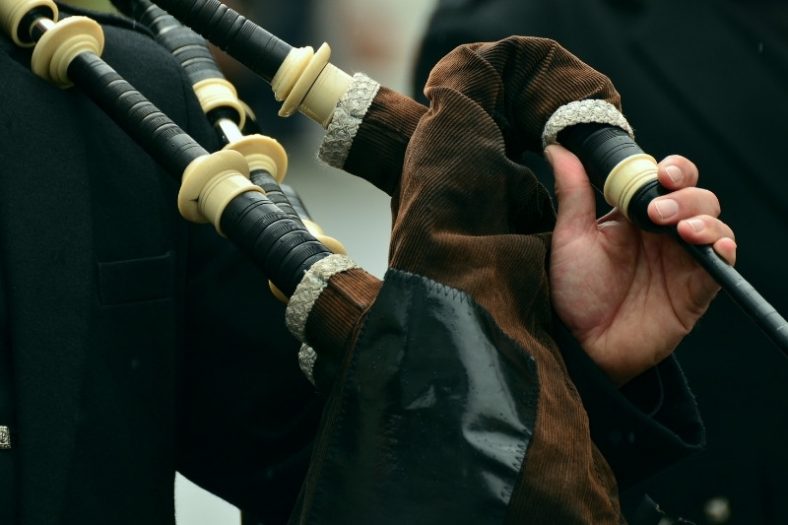
Bagpipes have a long and illustrious history, having withstood numerous modifications throughout the millennia. Bagpipes are made of several different elements, all concurring to different layers in the performance.
First of all, bagpipes require air, usually blown into the bag (a sort of reservoir) through a blowpipe. On top of that, a performer needs to play the melody pipe and one or more drones, the pipe providing the harmonizing notes. All at the same time! Quite a challenge for your coordination.
Today, bagpipes can be found throughout Europe and the Middle East, as well as across much of the former British Empire.
3. Piano

The main difficulty in playing the piano consists of coordinating the right hand, which usually plays the melody, with the left hand, which usually plays an accompaniment.
With some practice, it is fairly easy to play simple tunes, however, you’ll need to learn how to read at the same time the two-bar lines that form a piano sheet and this could be hard at first.
The real obstacle arises when the tune you are playing presents different layers, corresponding to more keys you should play. This is why it requires a lot of focus and hours of tiring practice to achieve a good level of performance on a piano.
Some other obstacles may be represented by the coordination needed between hands, playing the pitches, and feet, controlling the pedals. Piano keyboards are also quite hard to hit and this can be particularly difficult for small children.
4. Organ
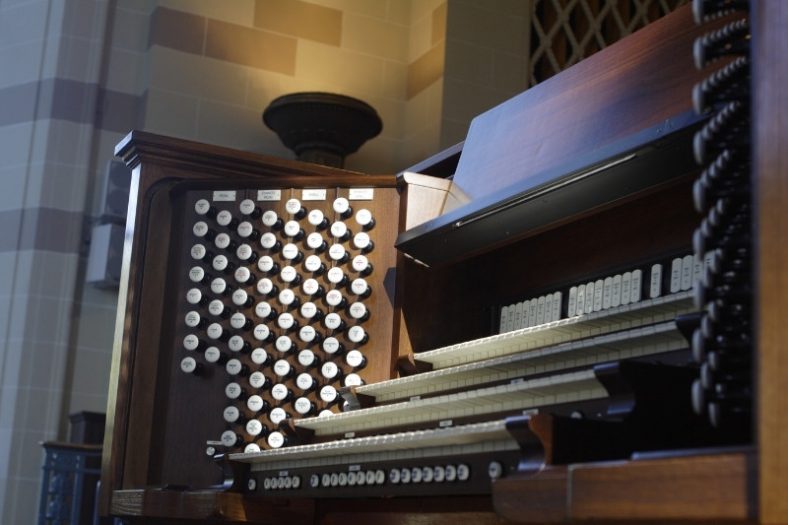
The organ is a very old musical instrument, played throughout the Ancient Greek and Ancient Roman eras in different festivities and events. Today, its use is primarily in churches.
The organ is another instrument requiring some good coordination between hands and feet, as the keyboards and the divisions can be played by both, in order to create different melodic and harmonic layers.
An additional difficulty is represented by the absence of the sustain pedal. To have a legato effect you have to practice hands and feet techniques that require daily practice.
5. Harp
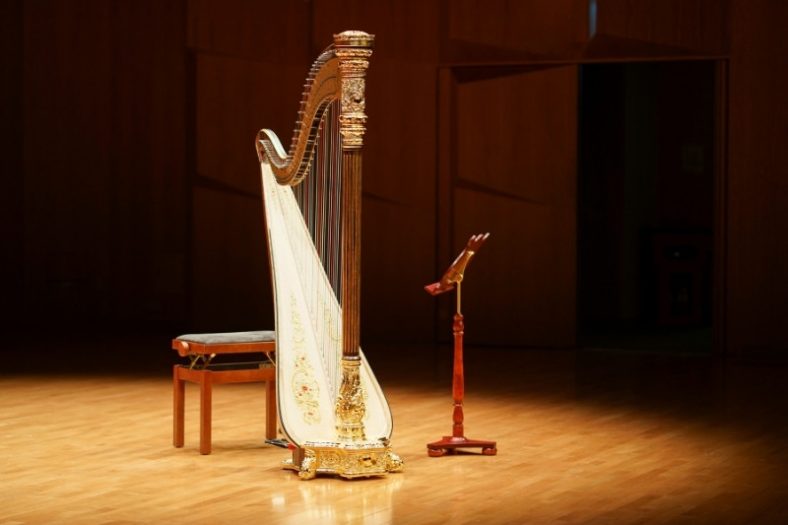
Regarded as one of the hardest instruments to learn, the harp has been around for quite a long time. Enduring many forms and sizes, it is still used today and is a very well-known and respected instrument.
The most difficult element in the harp is represented by the fingering technique used to play it. Coordinating the left hand with the right hand can be quite hard, especially when you need to sharpen or flatten a note through the use of pedals.
6. Drums
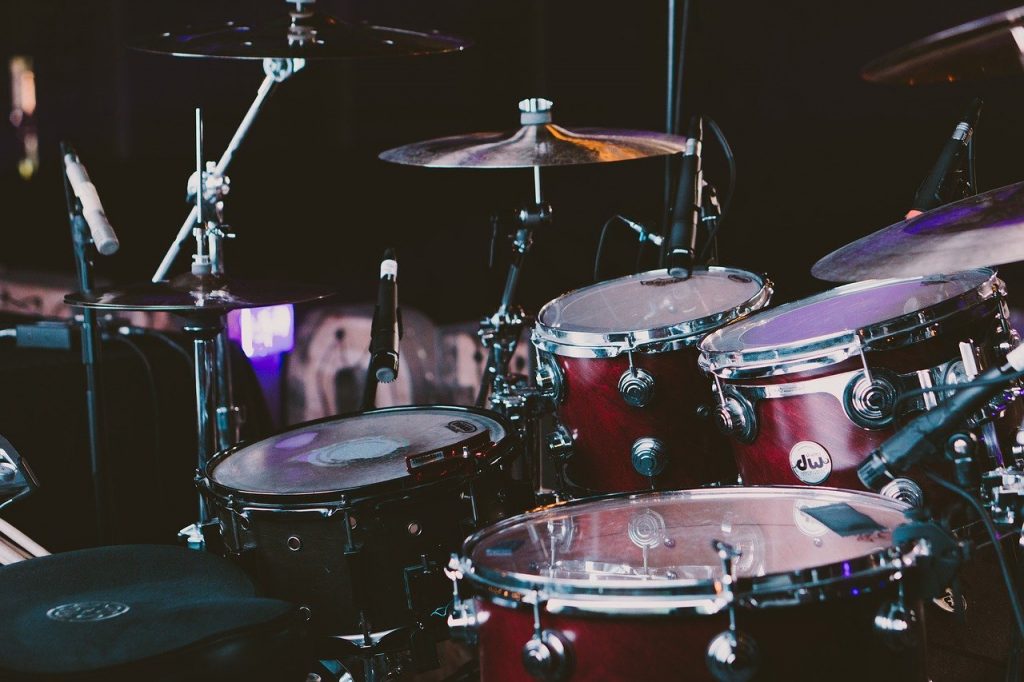
The backbone of every band, the drums are incredibly useful and praised throughout the world. They differ from other conventional instruments but are still a crucial part of any composition.
While drummers don’t have to worry about pitches, they have a huge responsibility in terms of rhythm. A whole song can be based on the correctness of a drummer’s performance: if he or she makes a mistake, the whole band is likely to lose the groove.
Drums require very solid coordination between arms and feet. Drummers also need to be physically fit as playing requires both strength and endurance.
7. Accordion
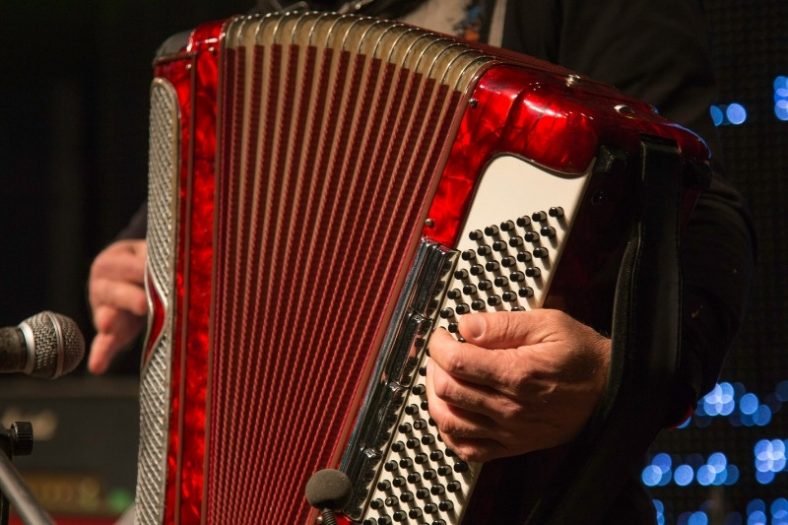
The accordion is a type of musical instrument which uses bellows to convert air into sound. When the bellows are compressed or expanded while pressing buttons or keys, pallets open, allowing air to flow through the reeds.
What happens with the bagpipes also happens with the accordion: you have to play at least two musical layers, plus control the air supply. The only difference is that with the accordion you control the air supply and the performance of the pitches with your arms and fingers instead of your breath.
While playing the accordion, you may also encounter the same difficulties faced by a pianist, as you’ll need to play two different keyboards to provide the melody and its accompaniment.
8. French horn
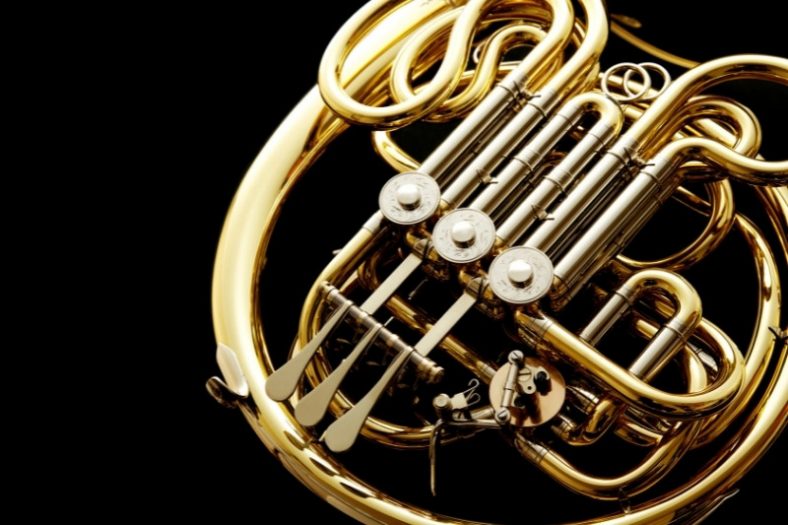
The main difficulty encountered when playing the French horn consists of the breathing technique, as you’ll need to project the air throughout its long tube.
On top of that, the position of the lips affects the pitch of the tune, so it is necessary to practice a lot before being able to play a perfect note. On the other hand, the French horn is also quite big and heavy to carry, so it can be physically demanding to practice it for long hours.
9. Oboe
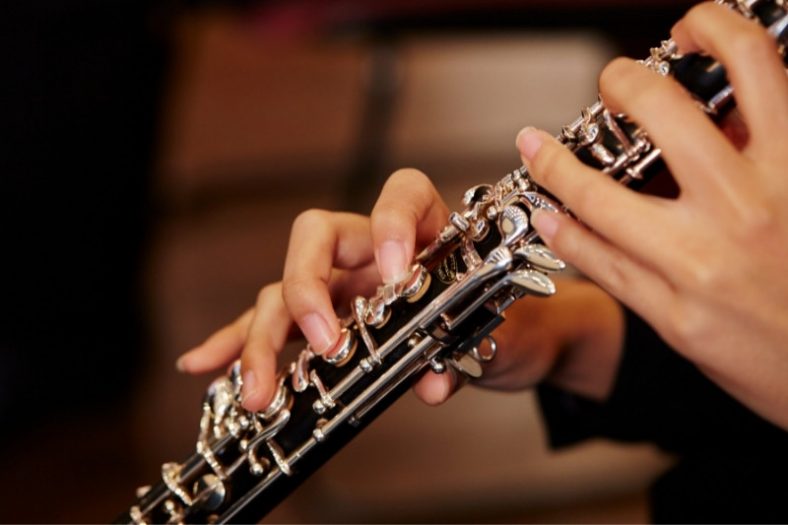
The treble or soprano range is where the most frequent oboe music is found. Blowing into the reed at a sufficient pressure causes it to vibrate, producing sound.
The oboe presents a lot of keys, so it can be hard to play even the simplest tunes.
However, the real difficulty, again, lies in the breathing technique. The oboe requires a lot of air, especially for sustained notes, so some advanced players had to learn how to breathe in through their nose and breath out through their mouth at the same time. It sounds like a nightmare, doesn’t it?
10. Classical guitar
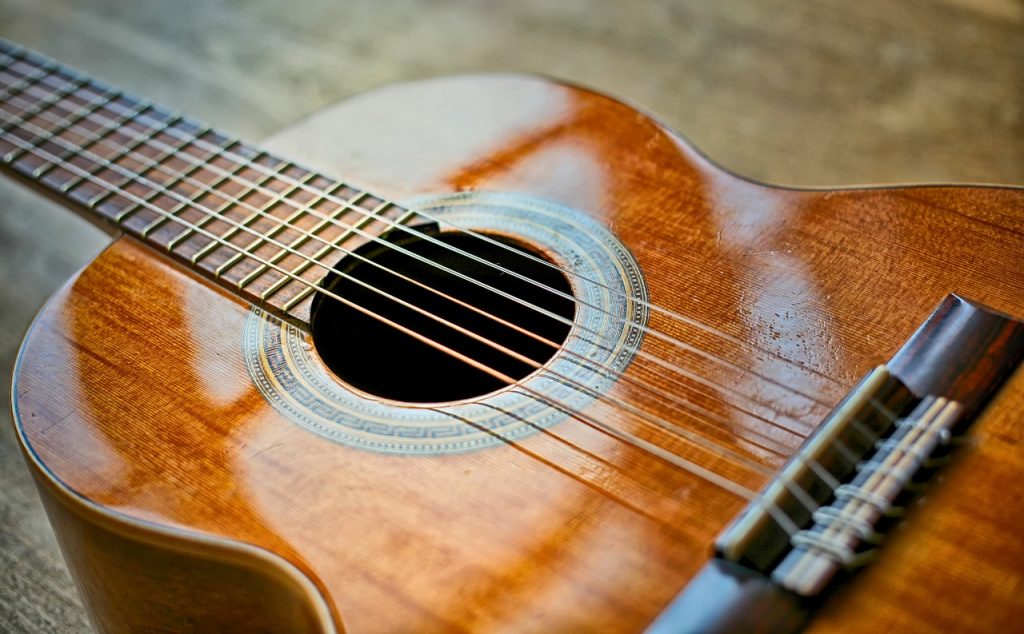
It might not be that hard to play a few guitar chords while you’re at the beach with your friends, but playing an intermediate or advanced classical tune employing the canonical fingering techniques can be a real endeavor.
Advanced guitar players can produce at least three different layers at the same time: a rhythmical pattern, some harmonization, and the main melody. Focusing on these three elements at once requires perfect coordination and sharp focus.
It sounds like a lot of work, doesn’t it? Music is a difficult hobby, but a very rewarding activity too. So, don’t forget the key concept: never get tired of practicing!
Summary
Learning to play an instrument is no joke.
Playing an instrument requires a lot of hard work and patience, especially in the beginning when you may not be able to execute the notes properly. That’s why playing an instrument should always be fun! If you don’t enjoy what you’re doing, there’s no point in sticking to it.
With this in mind, selecting the instrument you want to learn is just as important. Look at your hobbies and what you like doing, so you can find an instrument that suits your preferences.
Once you’ve chosen the perfect instrument for yourself, go enroll in a music school or look for some private lessons. You’ll meet other passionate people who will share their knowledge with you, and before you know it, you’ll be on your musical journey.
I hope this list provides insight into a lot of different instruments and helps with your choice.
French Horn – Image by: Martin Steiger, CC0, via Wikimedia Commons





